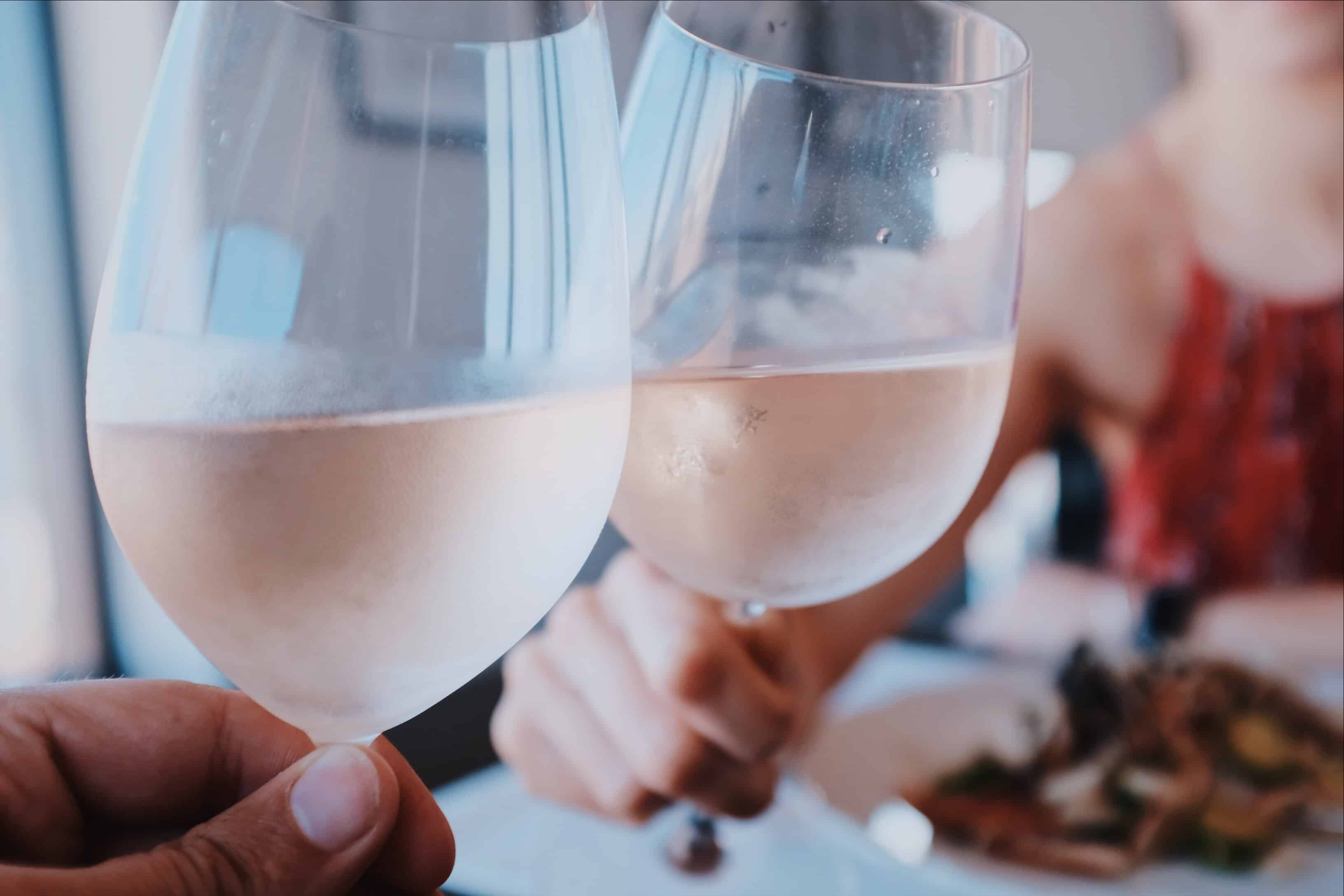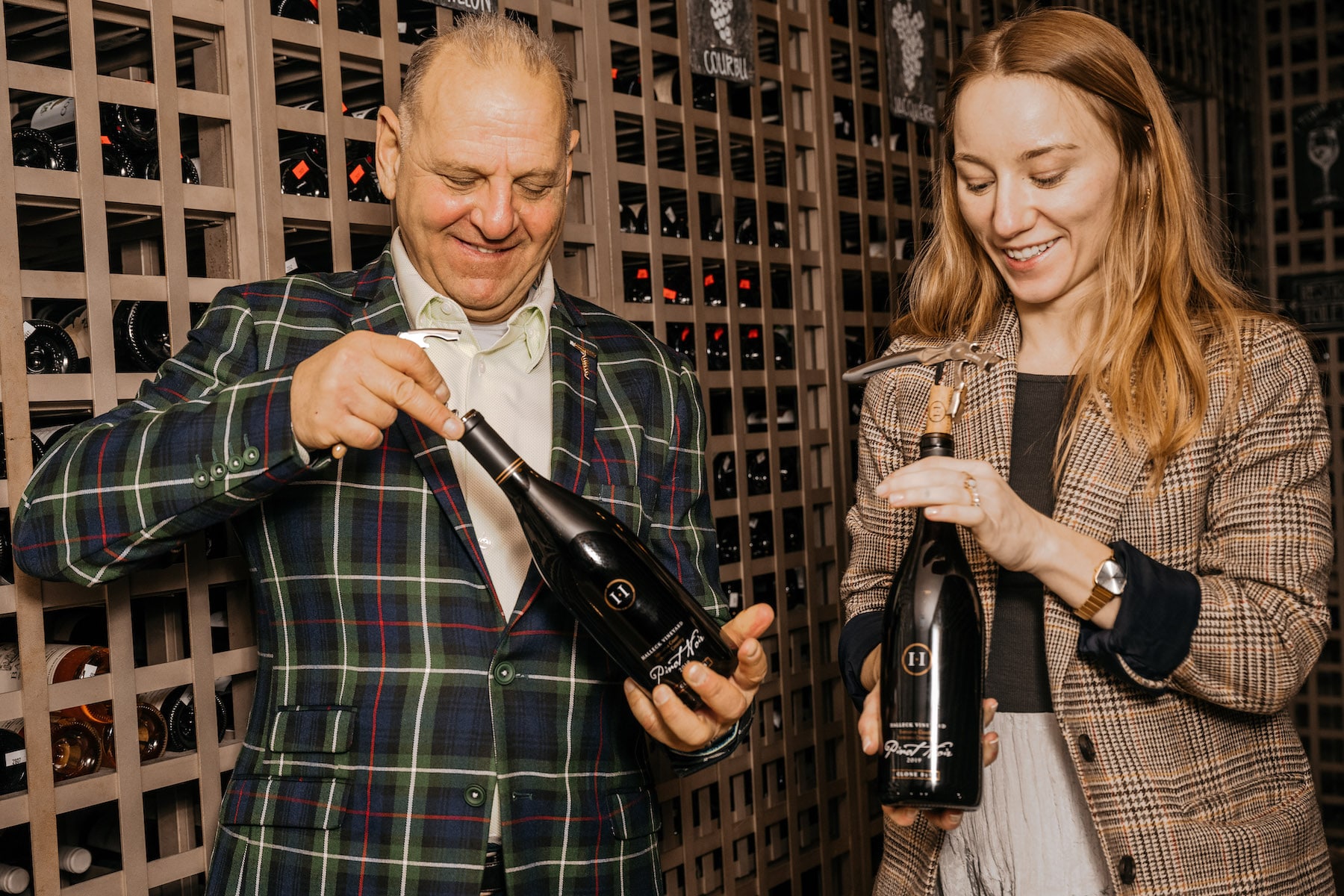Cultural Wine Experiences In Sonoma County - Sonoma Valley Vineyards And Wine Tasting
Cultural Wine Experiences In Sonoma County - Sonoma Valley Vineyards And Wine Tasting
Blog Article
Wineries Renowned For Cabernet Sauvignon In Sonoma - Sebastopol Area Wine Tasting
Wine tasting is an art that combines sensory experience with an appreciation for the nuances of various varietals. How to judge flavors in winery wine tasting classes is pivotal to greedy the complexities of wine.
Partaking in a wine tasting includes greater than simply sipping and savoring. It requires a centered method to determine aromas and flavors that every wine presents. As you begin, observe the wine's look, noting its colour and readability. These visible cues often counsel a wine’s age, grape variety, and even potential flavor profiles.
The subsequent step in the tasting process is to swirl the wine in your glass. This action releases aromatic compounds which might be very important for evaluation. Lean in and take a second to inhale deeply; the aromas can range from floral and fruity to spicy and earthy. The nose of the wine is just as important as the palate, and recognizing scents performs a significant role in understanding the general experience.
When taking your first sip, enable the wine to maneuver throughout your palate - Best Chardonnays From Sonoma Winemakers. Discover the preliminary flavors that current themselves. Is the wine fruity, floral, or maybe herbaceous? This initial style provides insight into what the wine is more likely to specific as you proceed to gauge it. The mouthfeel additionally contributes to the overall flavor experience; it can be silky, tannic, or even effervescent.
Wineries With A Focus On Syrah - Sebastopol Wine Tours And Vineyards
As you proceed tasting, pay attention to the wine’s stability. A well-balanced wine will harmonize acidity, sweetness, and tannins. If one component overwhelms the others, it would indicate a much less fascinating high quality. Evaluating steadiness might help you establish how properly the wine may pair with food.
Transitioning to the end, consider how the flavors evolve as the wine lingers on your palate. A long, pleasant end can indicate a high-quality wine, while a short or abrupt finish might recommend in any other case. Replicate on whether or not the flavors remain constant or if new notes emerge because the wine settles. This progression can reveal complexities and intricacies that may not have been apparent in the initial tasting.
Temperature can also be a vital think about evaluating wine flavors. Different types of wine are optimally enjoyed at specific temperatures. White wines usually shine when chilled, while pink wines typically perform greatest at room temperature. When tasting, ensure the wine is at the applicable temperature to completely recognize its character.
Wineries In Green Valley - Sonoma Wine Region Vineyards
Pairing food with wine can greatly improve the tasting experience. Meals can influence the notion of flavors in wine, either highlighting sure traits or diminishing them. When evaluating flavors, contemplate how the wine interacts with completely different meals, noticing which flavors are amplified or muted (Wineries That Offer Dog Friendly Areas).
Think About the affect of terroir as you interact in a winery tasting. Terroir encompasses the unique environmental components that have an result on grape rising, together with soil composition, climate, and geography. Understanding a wine's terroir can provide insight into its flavors and aromas, fostering a deeper appreciation for the alternatives made throughout its cultivation and production.
Education plays a elementary function in enhancing one's capacity to evaluate wine flavors. Studying about grape varieties, wine regions, and production methods can pave the finest way for more knowledgeable judgments during tastings. Additionally, attending workshops or classes can refine sensory skills and broaden your flavor vocabulary, enabling you to articulate see post tasting notes more successfully.

Lastly, it's essential to remember that evaluating wine flavors is a extremely personal experience. Individual preferences and perceptions will invariably shape one’s tasting journey. Enjoyment should be on the forefront, with the analysis process appearing as a tool to reinforce understanding and appreciation somewhat than create inflexible tips.
Wineries Offering Elegant Wine Tastings - Sonoma’s Lush Vineyard Landscapes
In conclusion, mastering how to consider flavors in winery wine tasting sessions entails a combination of sensory engagement, data, and practice. By studying to determine aromas, assess the stability, and appreciate the intricacies of flavor, wine enthusiasts can deepen their connection to each bottle they encounter. As with any art form, the more one immerses themselves within the experience, the extra they'll uncover and benefit from the vast world of wine.
- Begin by observing the wine's shade and readability, as these visual parts can trace at its flavor profile and getting older potential.
- Swirl the wine gently in your glass; this releases fragrant compounds, permitting you to higher determine the complex scents associated with the wine.
- Take a deep inhale before tasting, focusing on both major and secondary aromas to assemble insights on fruits, spices, and different nuances.
- When tasting, allow the wine to coat your palate; note the preliminary flavors, the mid-palate complexity, and the finish as these phases can present different flavor highlights.
- Pay consideration to texture and mouthfeel, as features corresponding to tannin ranges, acidity, and sweetness contribute considerably to the general tasting experience.
- Examine flavors in opposition to normal wine traits; for red wines, think about berry notes, oak influence, and natural tones, while whites may embrace citrus, stone fruits, and floral hints.
- Take notes during the tasting session to trace your impressions, serving to you to recollect and evaluate the different wines sampled.
- Discuss your findings with fellow tasters or winery workers, as sharing insights can improve understanding and appreciation of individual flavors.
- Allow time for the wine to breathe; typically, flavors evolve and reveal new dimensions after being uncovered to air.
- Experiment with food pairings in the course of the tasting as they'll dramatically alter how flavors are perceived, influencing general enjoyment.undefinedWhat ought to I search for when evaluating the aroma of wine throughout a tasting?
Start by swirling the wine in your glass to launch its aromas. Deliver the glass to your nostril and take a deep breath. Pay consideration to the primary scents you detect, as these are often essentially the most prominent. Look for fruit, floral, natural, or earthy notes and attempt to establish particular traits, which can deepen your understanding of the wine's complexity.
Wineries With A Focus On Syrah - Unforgettable Wine Tastings In Sonoma
How can I distinguish between different flavor profiles in wine?
Perceive that flavor profiles are sometimes categorized as fruit, floral, herbaceous, spicy, or mineral. Take small sips and allow the wine to coat your palate. Notice the primary flavors that emerge first and the delicate notes that follow. This layering is essential in distinguishing the wine's characteristics and will help you respect its distinctive profile.
Best Pinot Noir Wineries In Sebastopol - Discovering The Vineyards Of Sonoma County
What is the significance of the wine's texture in a tasting?

The texture of the wine, also called mouthfeel, plays a crucial position in how we understand flavors. Pay consideration to whether the wine feels clean, creamy, or gritty. The physique of the wine (light, medium, or full) can improve or contrast with flavors, offering a extra rounded experience throughout tasting.
How do I assess the stability of flavors in wine?
Steadiness in wine refers back to the harmony between acidity, sweetness, tannin, and alcohol. Take a second to assess whether these parts complement or intervene with each other. A well-balanced wine may have none of its components overpowering the others, creating a pleasant tasting experience.
Exclusive Wine Clubs In Sonoma - Top Sonoma Wine Tasting Destinations
What function does temperature play in evaluating wine flavors?
Temperature can considerably impression the perception of flavors. Usually, red wines are greatest served slightly under room temperature, while white wines take pleasure in being chilled. As the temperature changes, the aromas and flavors can shift, allowing you to perceive different characteristics. It’s essential to taste wine at its optimum temperature for true analysis.
Charming Wineries With Views In Sonoma Valley - A Winery In The Sonoma Valley To Discover
How can I improve my tasting webpage skills over time?
Practice is key to bettering your tasting skills. Rustic Family-Owned Wineries In Sebastopol. Attend tastings, hold a journal of your experiences, and discover different varieties of wines to broaden your palate. Additionally, studying about wine manufacturing and grape varieties can provide context that enhances your analysis course of, making you a more informed taster.
Is there a specific order in which I ought to taste the wines?
Wineries With Beautiful Architecture - Vineyard Tasting Events In Sonoma County
Yes, it’s advisable to style wines from light to full-bodied and dry to sweet. This development prevents the stronger flavors from overshadowing the more delicate ones, allowing you to completely respect each wine's traits and nuances with out palate fatigue.
How can I evaluate the aftertaste of wine?
Wineries Specializing In Sparkling Wines - Finding Good Wineries For Wine Tasting
The aftertaste, or end, is an important aspect of the wine-tasting experience. After swallowing, take note of how lengthy the flavors linger in your palate and whether they change. A lengthy, pleasant finish is often an indicator of a high-quality wine, while a short or disagreeable end could counsel in any other case.
Why is it essential to notice the wine’s acidity during tasting?
Acidity contributes to the overall freshness and construction of the wine. Pay attention to the tingling sensation in your tongue; higher acidity can enhance the wine's liveliness and stability out sweetness. Noting acidity helps determine the wine's versatility with food and its aging potential.
What ought to I do if I battle to determine specific flavors in wine?
Wineries Offering Private Events - Sebastopol Vineyard Visits
Struggling to establish flavors is frequent, particularly for novices. Focus on broader categories and describe what you can acknowledge, such as candy or earthy notes. With practice, reading about completely different flavor profiles, and maybe using flavor wheels, you may refine your senses and develop a more nuanced strategy to tasting. Report this page